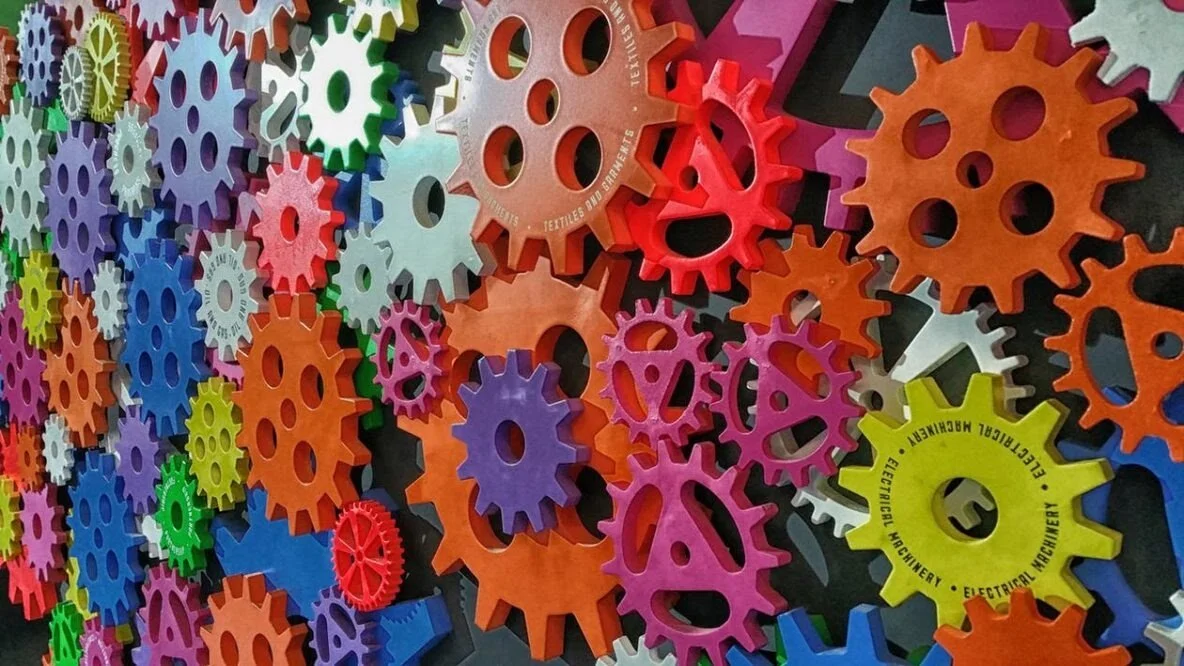Do Some Colours Make You Buy More?
If you knew that a certain colour could improve sales… Would you use that colour in your marketing and sales collateral?
Of course you would!
But do certain colours truly give you a sales advantage? Or is it just pseudoscientific garbage?
Question: What’s The Colour of Money?
If I asked someone in the USA what colour they associate with money, they’ll probably say “green!”
After all, green is literally the colour of their money – the colour of all banknotes in the United States. (“Green” is practically synonymous with “stacks of cash”.)
But if I asked someone who was ethnically Chinese (e.g. Mainland Chinese, Chinese Malaysian, Singaporean Chinese, etc) they’re more likely to say that money is “red and gold”.
In Chinese culture, red and gold have close links to the concepts of luck and fortune – and red and gold envelopes of money are given as gifts at important family gatherings.
This idea that certain colours represent certain ideas – like happiness, money, security – is mostly driven by the CULTURAL associations tied to colours.
These cultural associations are harder to nail down and exploit in your marketing than hard-wired BIOLOGICAL associations. Particularly when dealing with diverse populations.
Plus, these cultural associations change over time.
Question: Who Wears Pink?
It’s crazy to consider today, but until the mid-1900’s it was more common for young boys to be dressed in pink, and young girls to be dressed in blue.
Dressmaker Magazine from the year 1900 notes:
“The preferred colour to dress young boys is in pink. Blue is reserved for girls as it’s presumed paler, and the more dainty of the two colours, and pink is presumed stronger.”
Even as late as 1927, a Time Magazine article noted a royal faux pas of the design variety.
“In Belgium, Princess Astrid gave birth a fortnight ago to a 7-lb. daughter. The cradle … had been optimistically outfitted in pink, the colour for boys, that for a girl being blue.”
So cultural associations with colour can change dramatically!
Most Of The Time, WHO, WHAT and HOW Matter More…
If many of our associations with colour are culturally-driven – and change over time – then our ability to use colour to increase sales relies on context.
It means it all depends on WHAT we’re selling…
And WHO we’re selling to…
And HOW we’re selling something!
If we use the right colours at the right time, we can trigger certain thoughts in our customers’ minds – and frame their decision in the way we want them to think.
For example, in 2002 Marketing Professors Naomi Mandel of Arizona State University and Eric Johnson of Colombia Business School released a study that showed how certain colour and imagery could frame the thoughts potential customers had – and make those customers more likely to buy certain products over others.
In the study, Mandel and Johnson discovered that visitors to an online furniture website decorated with puffy white clouds on a blue background became more inclined towards purchasing soft, comfortable furniture.
But visitors who saw a website decorated with copper pennies became more inclined to purchase inexpensive furniture.
The colours that were most prominent when customers entered the site became a frame of reference that affected their decision-making. And it shows how the RIGHT colours can result in a dramatic increase (or decrease!) in sales – depending on what you’re selling.
So, How Do You Pick The RIGHT Colours?
There’s no easy way to know which colours will trigger the right thoughts in your customers’ minds ahead of time.
Colours and imagery can easily backfire!
For example, in our testing, a big yellow security icon has had the effect of increasing sales on SOME clients’ websites – establishing trust with potential customers.
But on other clients’ websites, a big yellow security icon actually DECREASES sales – potentially raising doubts about security that weren’t already front-of-mind.
So when it comes to the CULTURAL triggers of colour – it’s necessary to test and measure to find the colours that people respond to best.
BUT… Some Aspects of Colour Are Hard-Wired
In the next part of this series, I’m going to share with you an evolutionary trait our ancestors developed in the forests and jungles.
This clever evolutionary trick helped us to survive – as individuals, and as a species.
And it provides a valuable insight that you can exploit to make your sales and marketing materials (including your website) more effective.
Make sure you receive Part 2 in the coming days by subscribing to my newsletter below (if you haven’t already).
